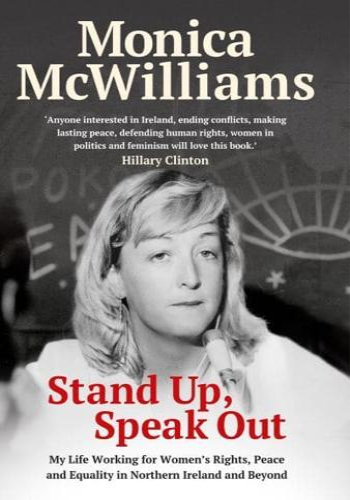Chapter 1: Feminist Post-Development Theory and Practice
* Summary: Introduces feminist post-development theory, challenging traditional development models that perpetuate gender inequality and environmental degradation. It emphasizes the importance of women's agency, knowledge, and experiences in reimagining development.
* Example: The Mahila Milan (Women's Union) in India supports women farmers by providing microcredit, agricultural training, and a platform to advocate for their rights, fostering economic empowerment and social change.
Chapter 2: Gender and the Environment
* Summary: Explores the gendered dimensions of environmental issues, highlighting how women are disproportionately affected by climate change, pollution, and resource depletion. It argues for the inclusion of women's perspectives and priorities in environmental policies.
* Example: The Chipko movement in India, led by women, successfully protested deforestation by hugging trees, emphasizing the vital role women play in protecting natural resources and livelihoods.
Chapter 3: Women, Work, and Development
* Summary: Examines how gendered labor divisions and economic policies shape women's access to employment, wages, and decision-making. It calls for alternative economic frameworks that value women's work and promote equitable participation in the workforce.
* Example: The Self-Employed Women's Association (SEWA) in India organizes informal women workers, offering training, support, and advocacy, empowering them to earn a decent living and gain recognition for their contribution to the economy.
Chapter 4: Gender and Governance
* Summary: Analyzes the gendered nature of politics and decision-making, highlighting women's underrepresentation in leadership positions and the barriers they face in participating in public life.
* Example: The Women's Peace Movement in Sri Lanka brought together women from diverse backgrounds to advocate for peace and reconciliation, challenging patriarchal norms and demanding women's equal voice in political processes.
Chapter 5: Women, Violence, and Development
* Summary: Addresses the prevalence of violence against women and its devastating impact on their lives and well-being. It explores the interconnectedness of violence, poverty, and gender inequality, and advocates for holistic approaches to prevention and response.
* Example: The DAWN (Development Alternatives for Women in a New Era) network supports organizations working to end violence against women, providing resources, training, and advocacy for survivors and activists worldwide.
Chapter 6: Feminist Post-Development Thought in Practice
* Summary: Showcases successful examples of feminist post-development initiatives that have empowered women, promoted gender equality, and fostered sustainable development.
* Example: The Kampung Improvement Project in Indonesia involved women in community planning and decision-making, resulting in improved housing, sanitation, and access to essential services, empowering marginalized communities and improving their quality of life.







